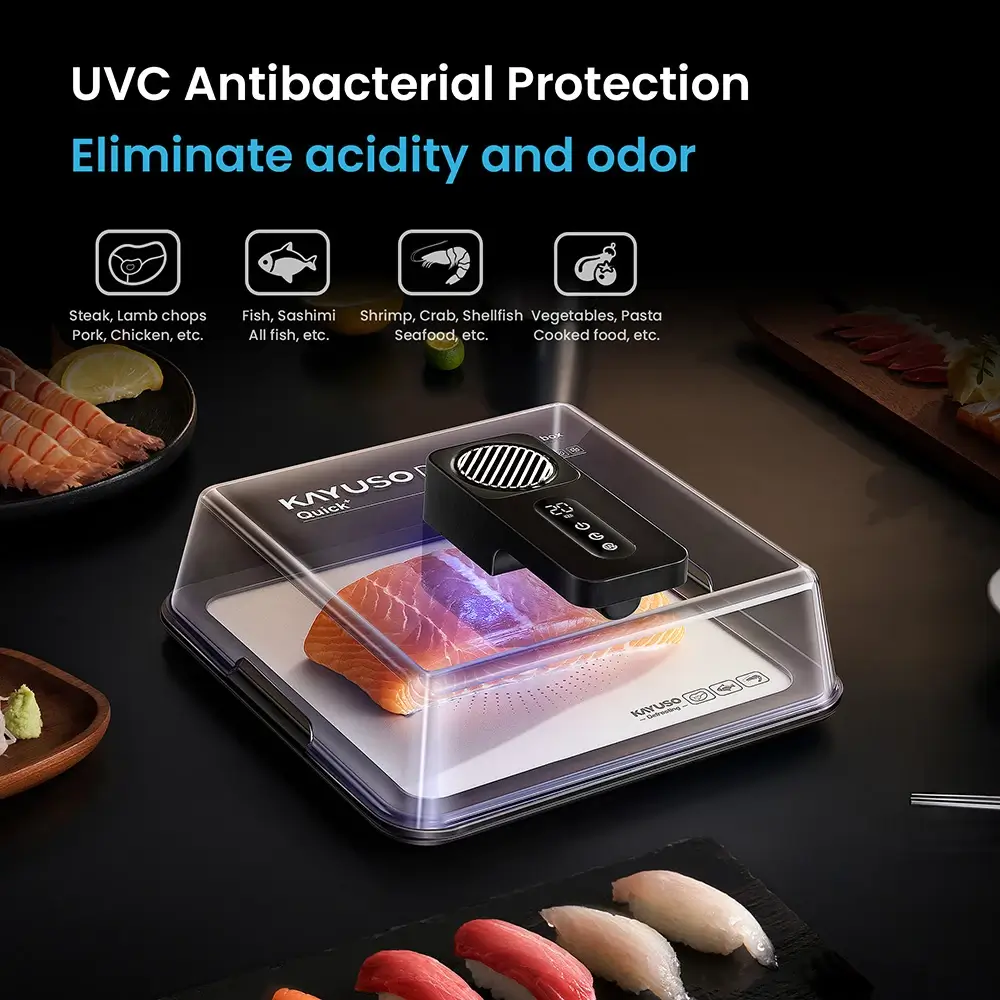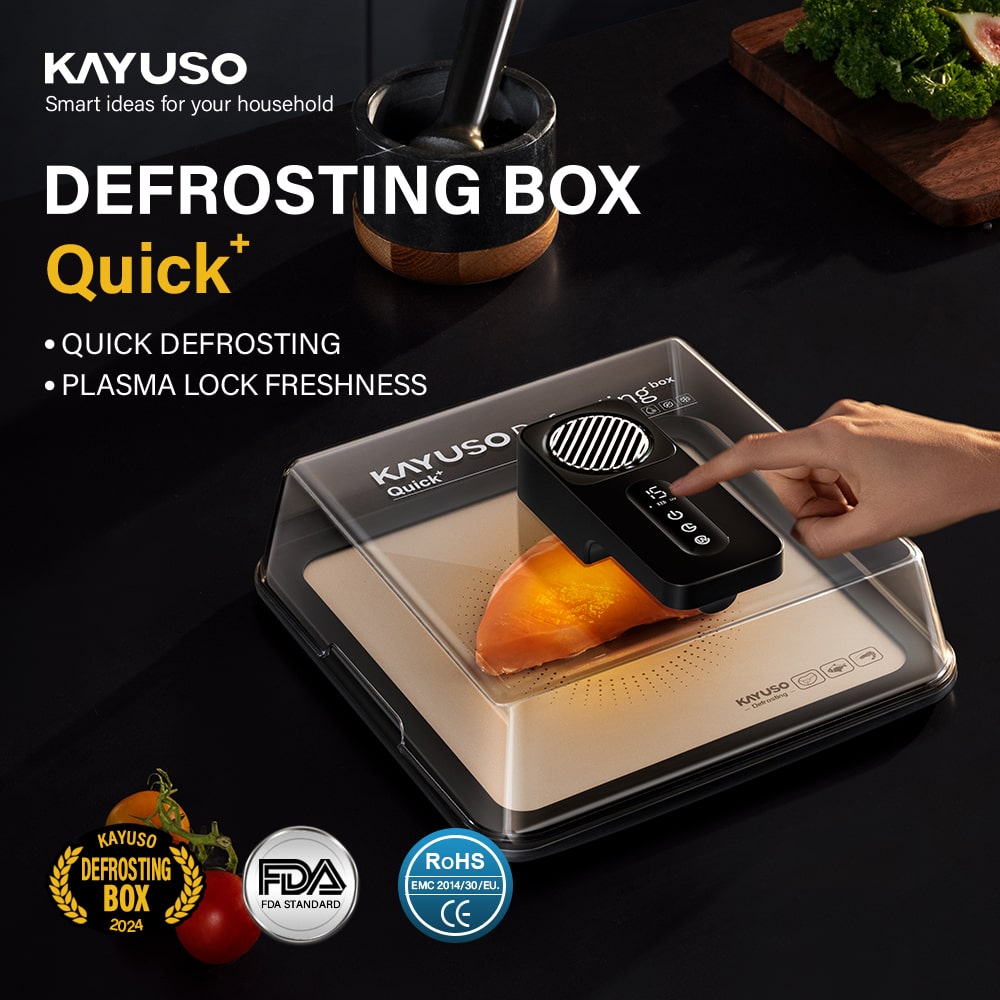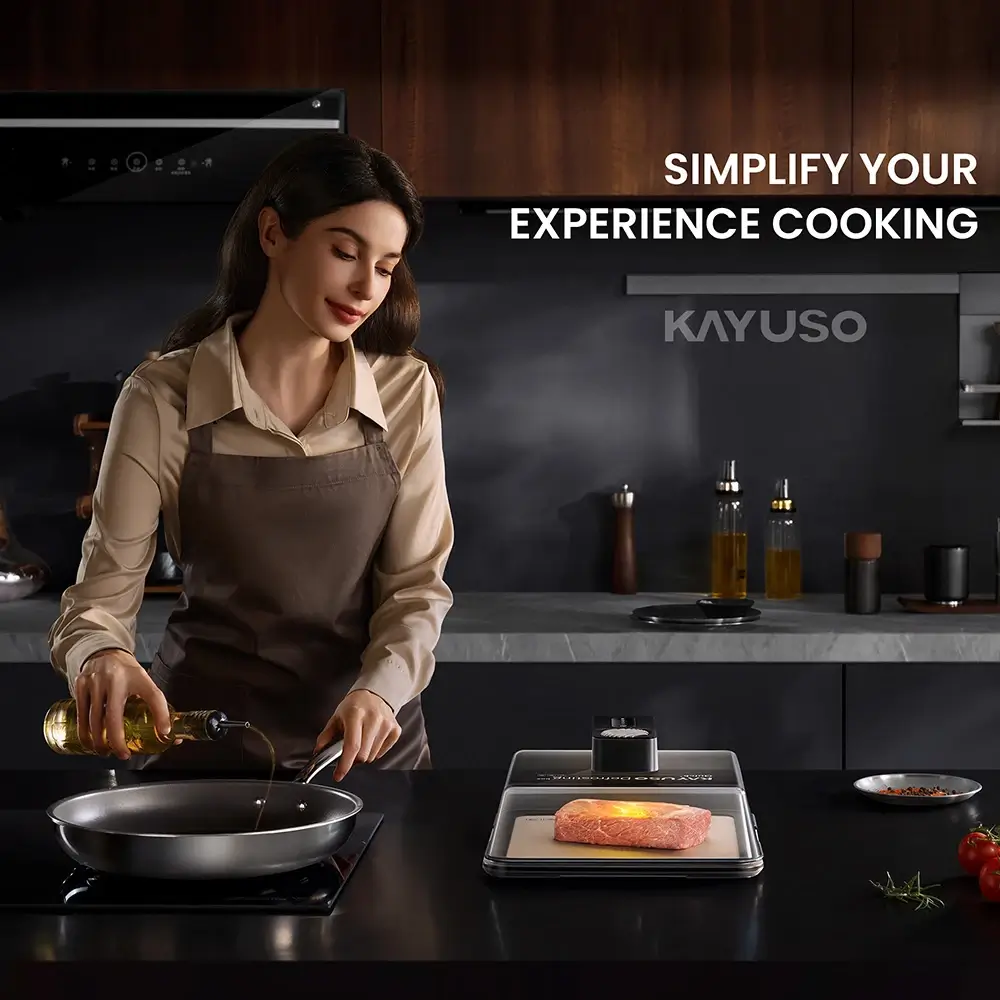Frozen food is a fundamental component in modern kitchens. Be it seafood, meat, vegetables or bread, freezing can effectively extend the shelf life of the food. However, the choice of defrost mode directly influences the taste, nutrition and safety of the ingredients. If not chosen, the food becomes dry, loses nutrition and even fosters breeding of bacteria, which has health consequences. So, how to defrost food correctly to keep the original flavor of the food to the greatest extent? This article will provide you with scientific thawing techniques and introduce how the KAYUSO fast defrost tray can help you complete the defrost process more easily and safely.
Common Defrost Methods and Their Advantages and Disadvantages
Thawing in the Refrigerator (One of the Best Ways)
Method:
Thaw frozen food in the refrigerator (0-4°C) in advance and let it thaw slowly, usually 6-24 hours, depending on the thickness and type of food.
Advantages:
- It even defrosts food, less water loss in food, and a fresher taste.
- Low-temperature environments can inhibit bacterial growth and are safer.
Disadvantages:
- It takes a long time to thaw, which cannot meet the needs of temporary cooking.
Flowing Water Defrost (Suitable for Emergency Thawing)
Method:
Seal the ingredients (such as putting them in a fresh-keeping bag), then place them in cold water, keep the water flowing slowly, and thaw them usually takes 30 minutes to 1 hour.
Advantages:
- It is faster than refrigerator thawing, suitable for ingredients that need to be used temporarily.
- Gentle thawing will not destroy the food structure like microwaves.
Disadvantages:
- It requires a lot of water and is less environmentally friendly.
- If the food is not sealed well, it may absorb moisture and affect the taste.
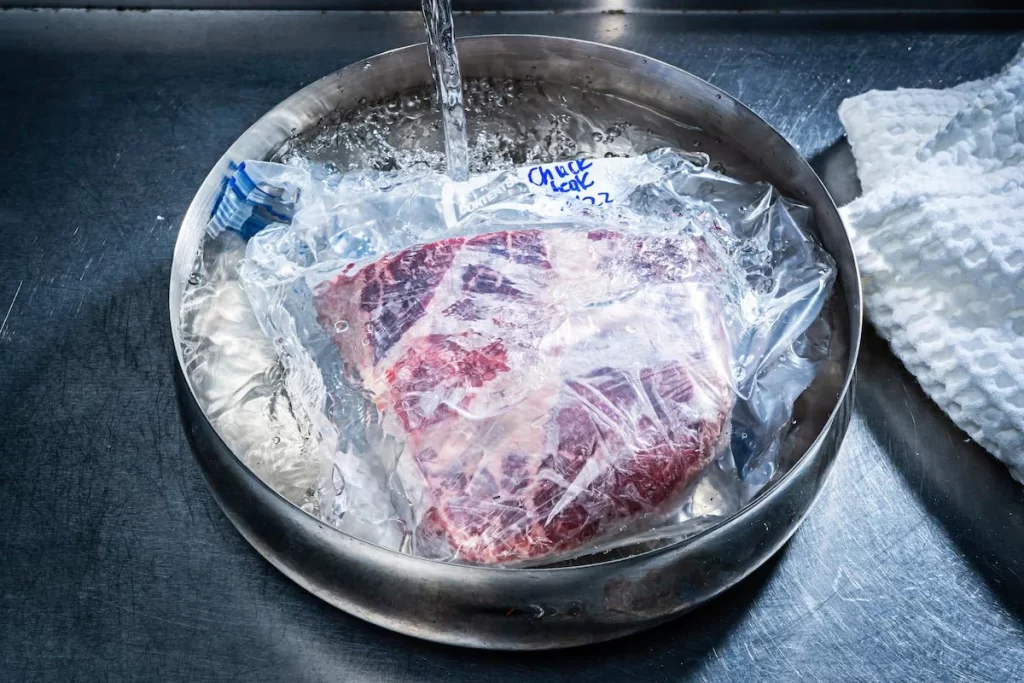
Microwave Thawing (the Least Recommended Method)
Method:
Use the “thaw mode” of the microwave or low-power heating, it usually takes only a few minutes to thaw meat or other foods.
Advantages:
- The fastest thawing speed, suitable for emergencies.
Disadvantages:
- The food is thawed unevenly, and some parts are overheated while others are still frozen.
- Excessive heat can destroy the cell structure of food, which causes water loss and makes meat dry and tough.
- It may cause bacteria to grow and affect food safety.
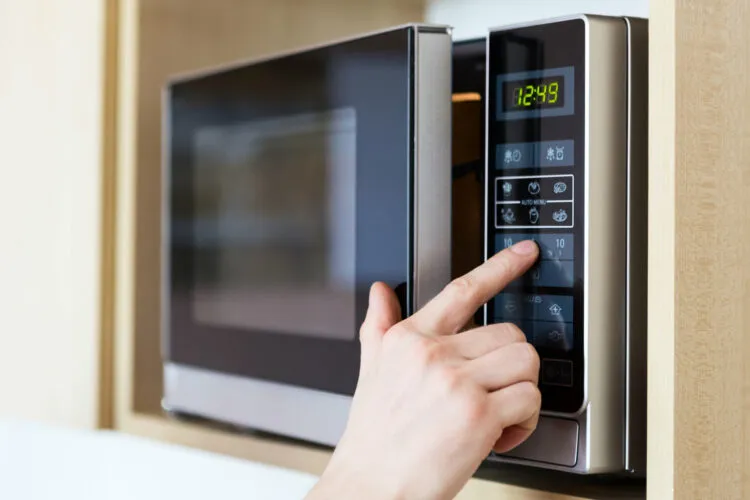
KAYUSO Fast Defrost Tray (Efficient and Safe Innovative Method)
Method:
Put the frozen ingredients directly on the KAYUSO fast defrost tray. Without water or electricity supply, the high thermal conductivity material can be used to accelerate the natural thawing process, which is 2-3 times faster than room temperature thawing.
Advantages:
- Fast speed, usually only about 30 minutes, much faster than defrost in the refrigerator.
- No electricity or water is required, which is energy-saving and environmentally friendly.
- Low-temperature thawing does not destroy the cell structure of food and keeps the meat tender and juicy.
- Simple operation, no additional steps are required, suitable for daily family use.
Disadvantages:
- Need to purchase a defrost tray separately (but cost-effective after long-term use).
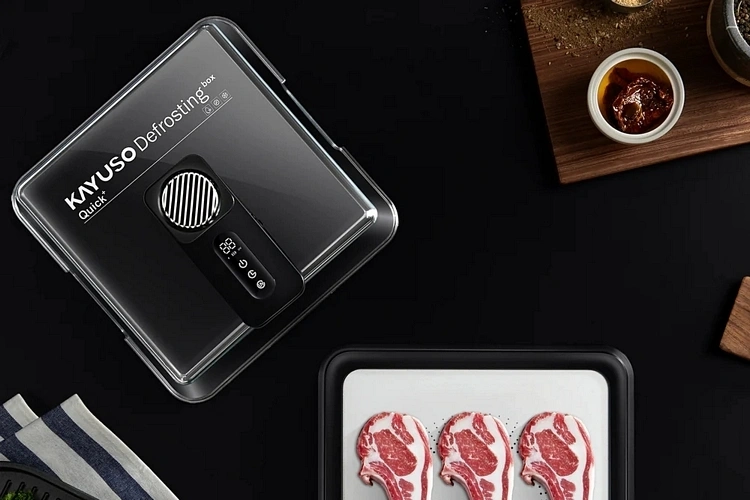
Thawing techniques for different ingredients
Different types of food require different thawing methods to ensure the best taste and safety.
Meat (steak, chicken, pork, etc.)
- Best method: Refrigerator thawing + KAYUSO fast defrost tray (better when used together).
- Fast thawing: Using a KAYUSO defrost tray, thick-cut steaks can usually be thawed in 30-60 minutes.
Seafood (fish, shrimp, shellfish)
- Best method: Refrigerator thawing to keep the meat firm.
- Fast thawing: Use KAYUSO defrost tray or running water to thaw, making sure there is no direct contact with water to avoid affecting the taste.
Bread, pastries
- Best method: Thaw at room temperature or directly put in the oven to heat, no need to thaw in the microwave.
Vegetables
- method: No need to defrost; cook directly in the pot to maintain maximum nutritional value.
How to Avoid Nutrient Loss During Thawing?
- Avoid microwave high-heat thawing in an effort not to induce protein denaturation and loss of nutrients.
- Steer clear of refreezing and re-thawing, which will completely demolish the food’s cell structure, taste, and nutrients.
- Where possible, utilize low-temperature thawing (such as refrigerator thawing or KAYUSO defrost tray) in an attempt to maintain food freshness.
- Store in an airtight container to prevent food from absorbing moisture or tainted bacteria in the air when thawing.
Why Choose KAYUSO Fast Defrost Tray?
KAYUSO rapid thawing tray uses high thermal conductivity materials to accelerate heat exchange through physical means, restoring frozen food to a condition as fresh as new within a short period while preserving flavor and nutrition. It is a safe, effective, and environmentally friendly thawing method, a good alternative to traditional ones.
- No electricity required, energy-saving and environmentally friendly
- Shortens thawing time, save time and effort
- Keep ingredients moist to avoid the taste becoming woody
- Simple and easy to use, suitable for a variety of ingredients
✔ Want to thaw food faster and safer?
✔ Want to avoid the loss of taste caused by microwaves and hot water?
Choose the KAYUSO fast defrost tray now and experience an efficient and healthy thawing method!
Visit KAYUSO’s official website, place an order now, and upgrade your kitchen thawing method!

